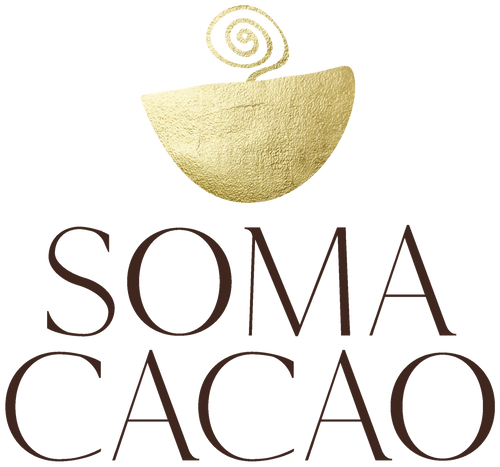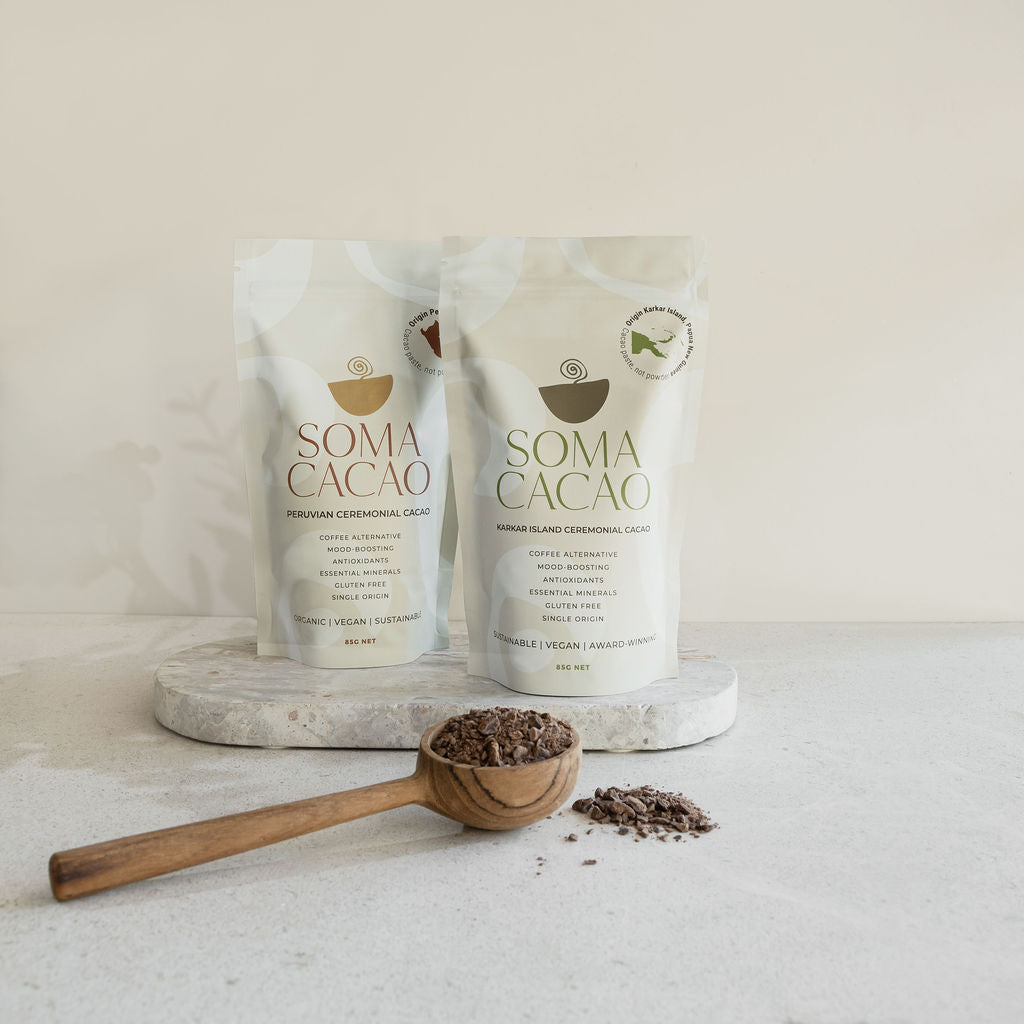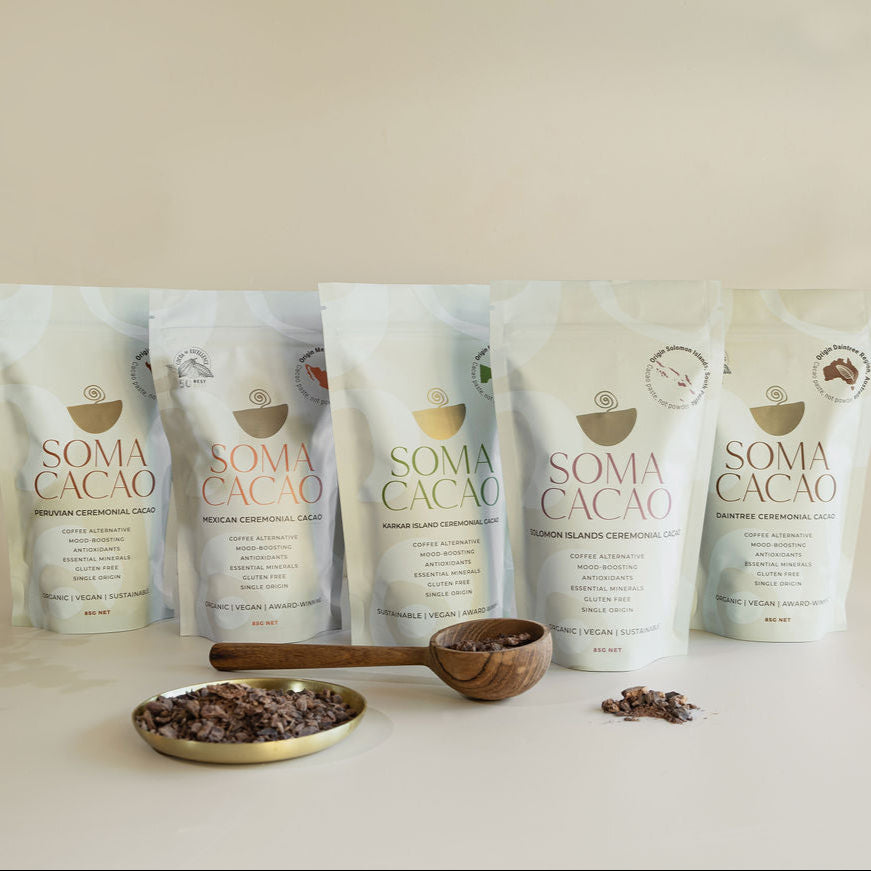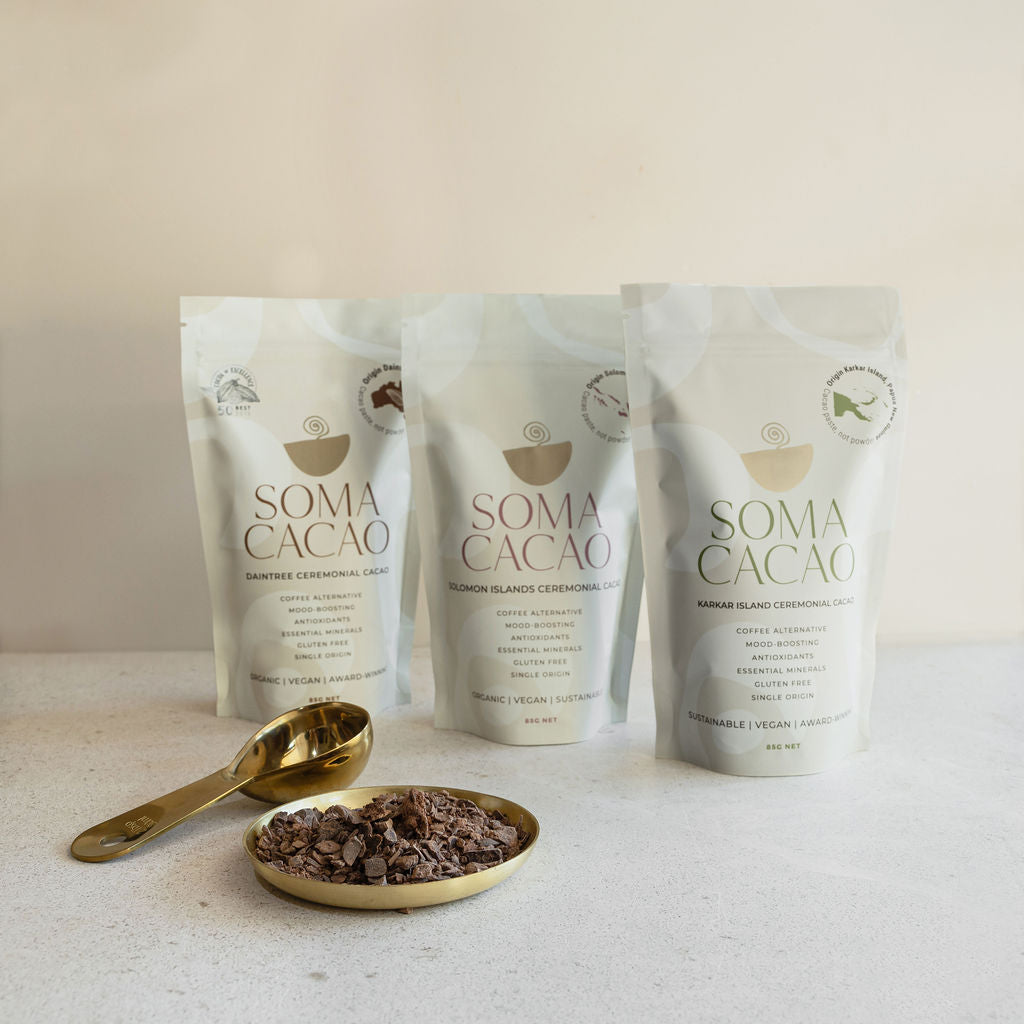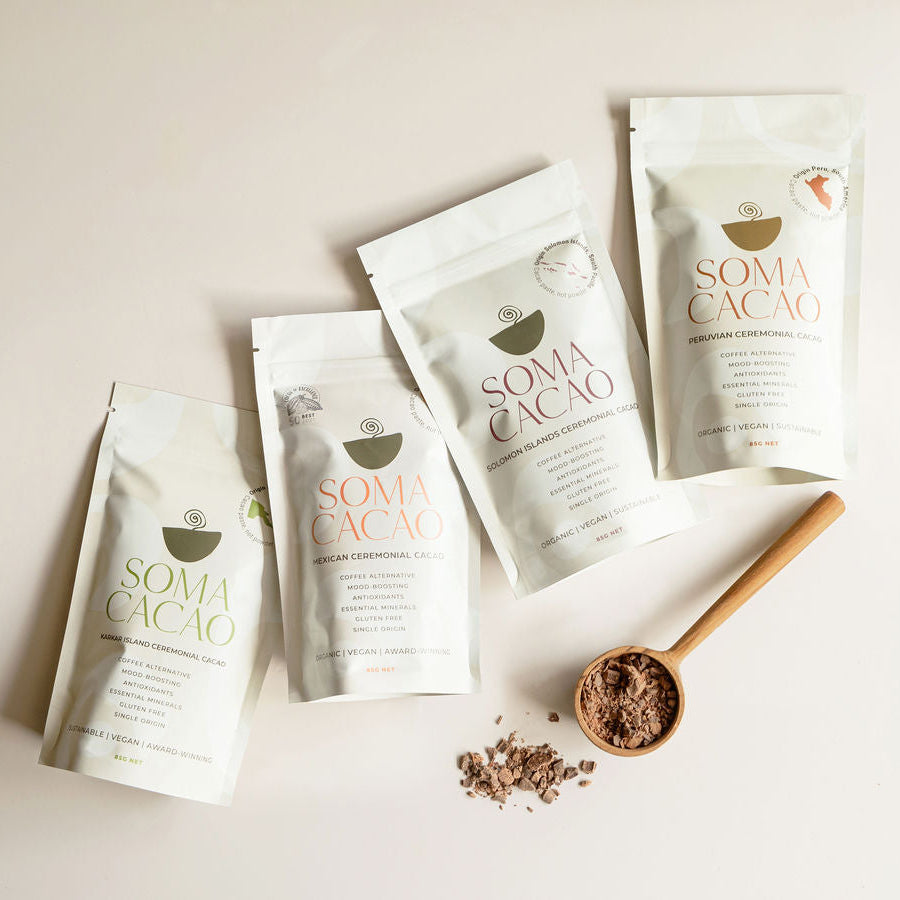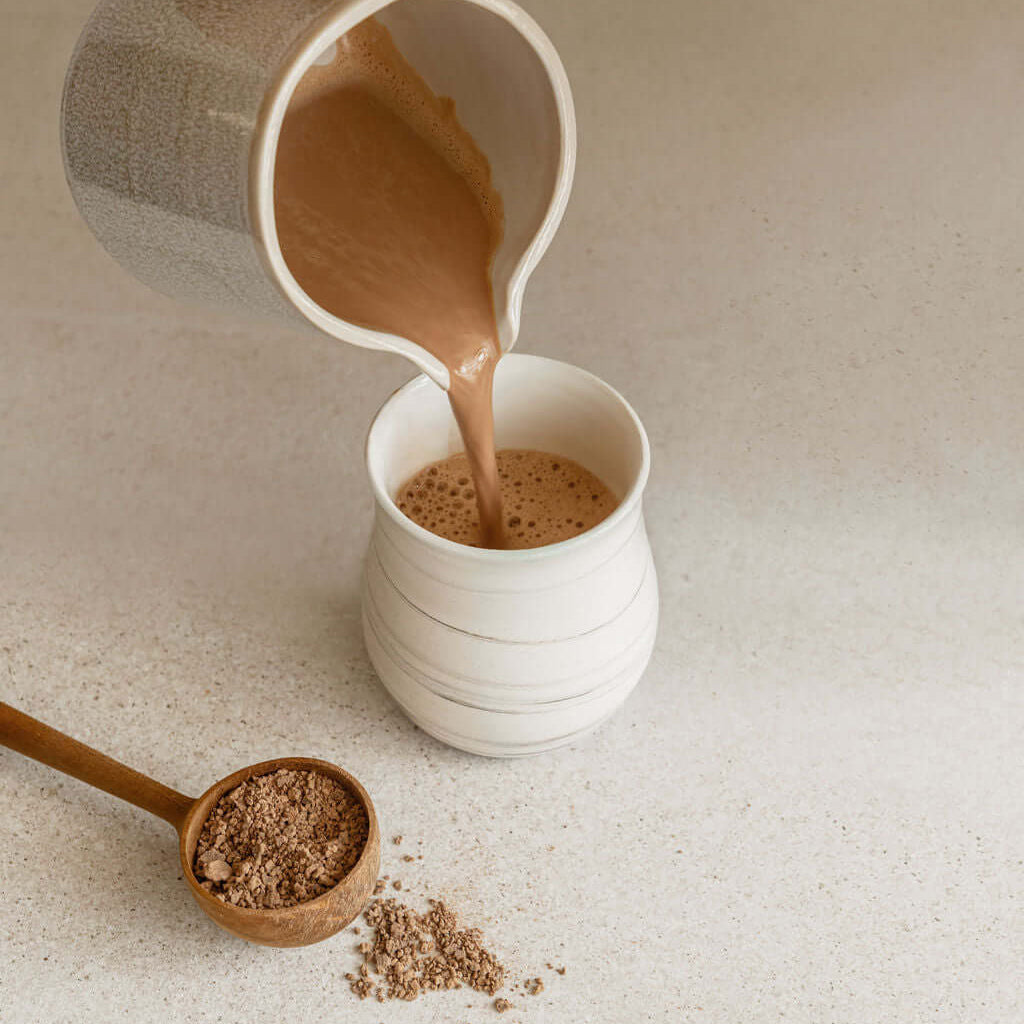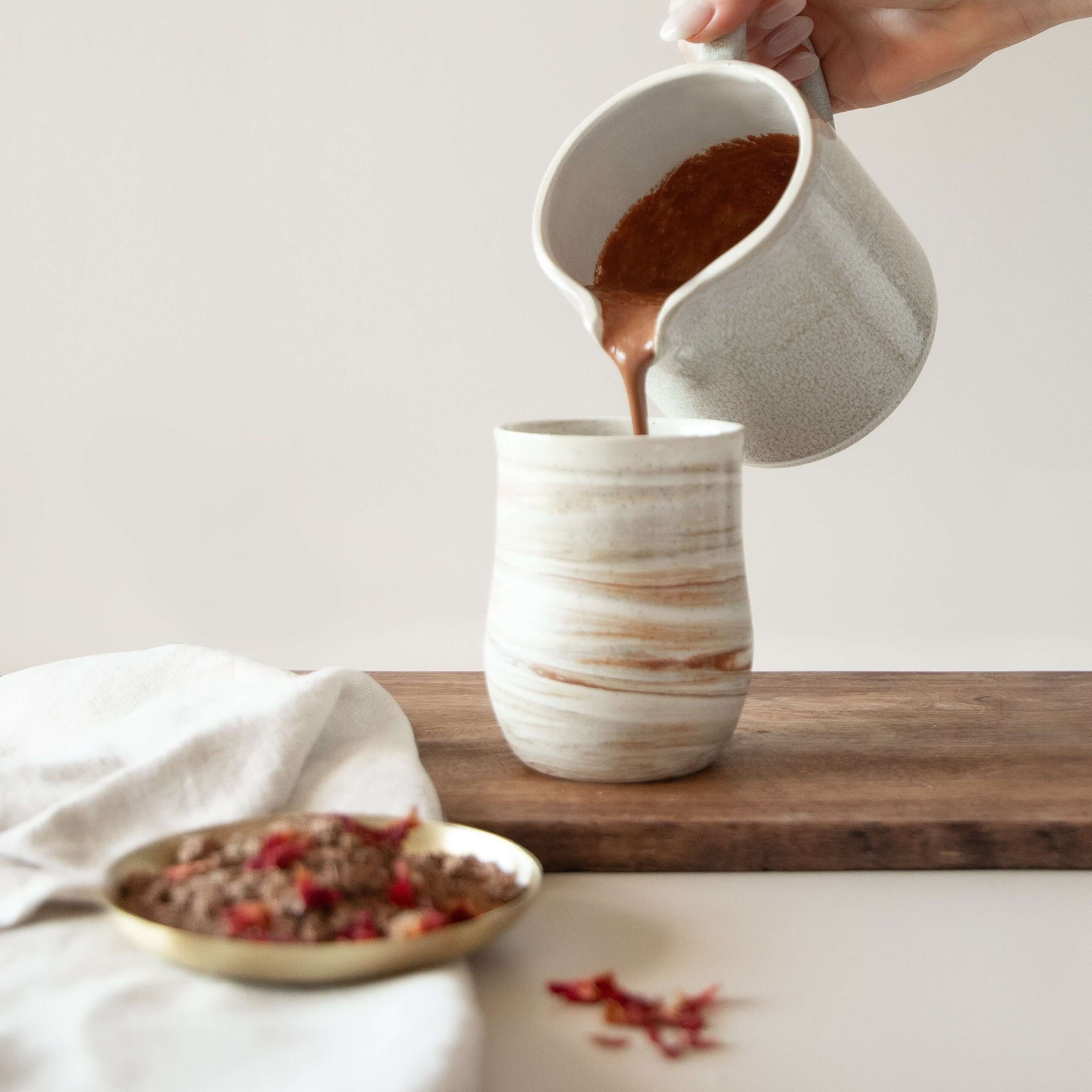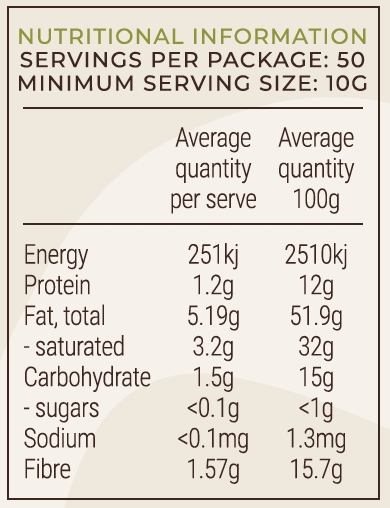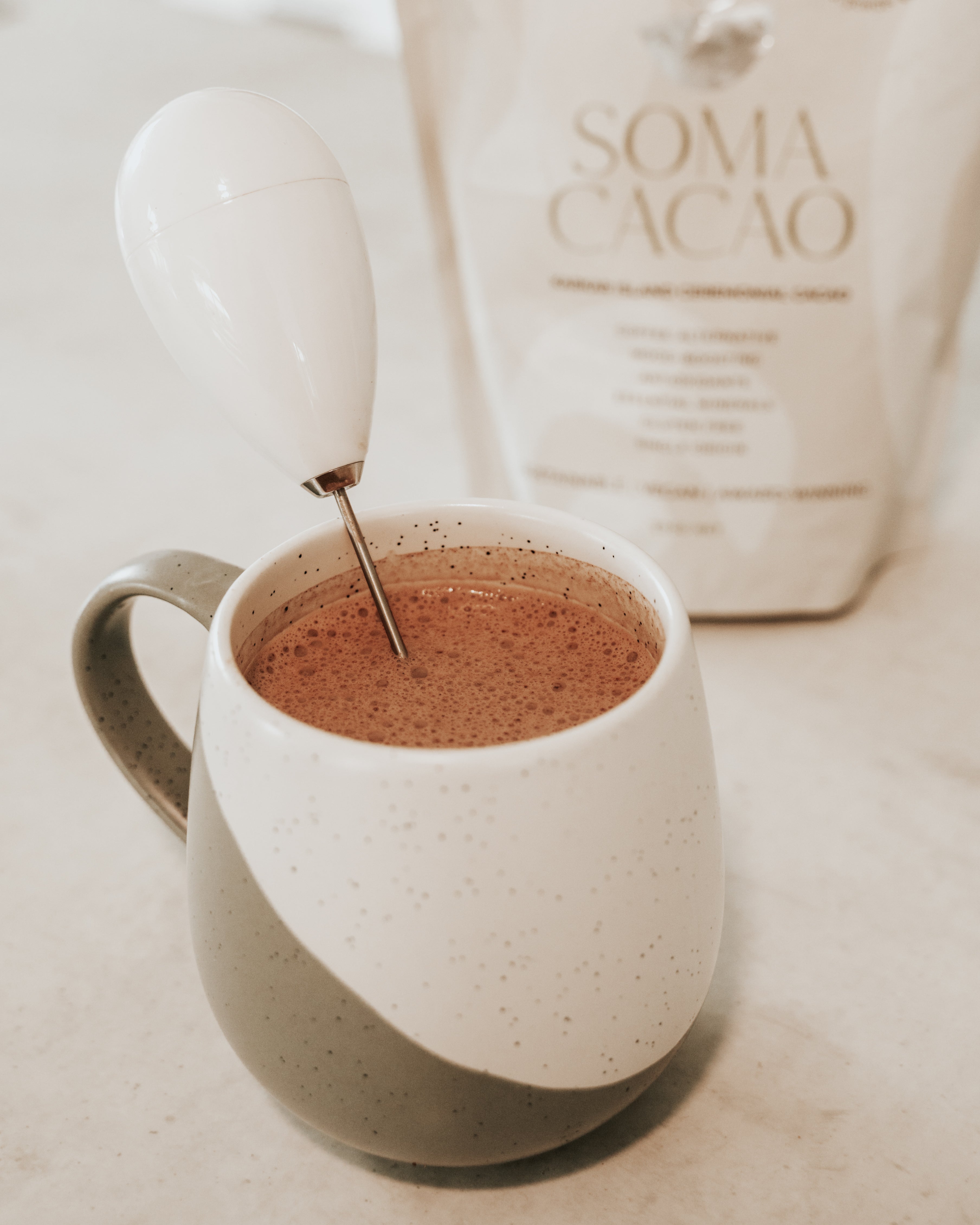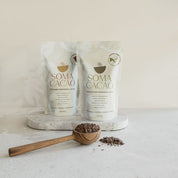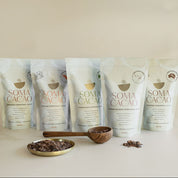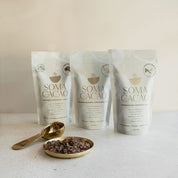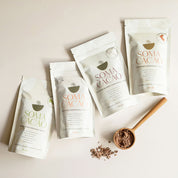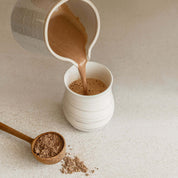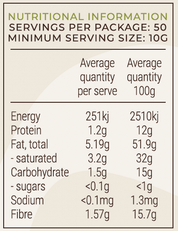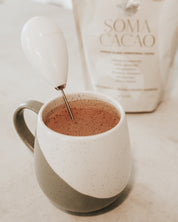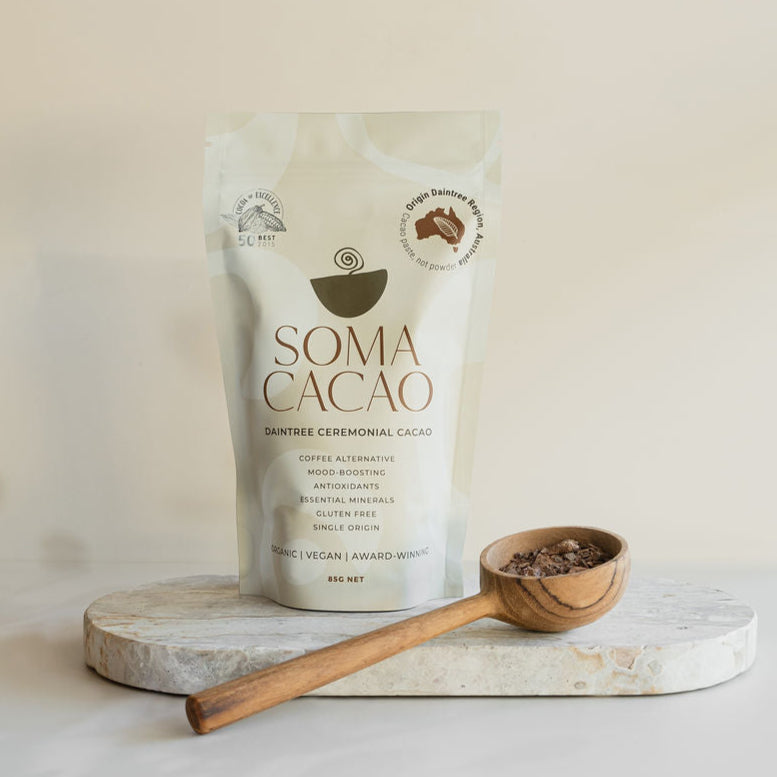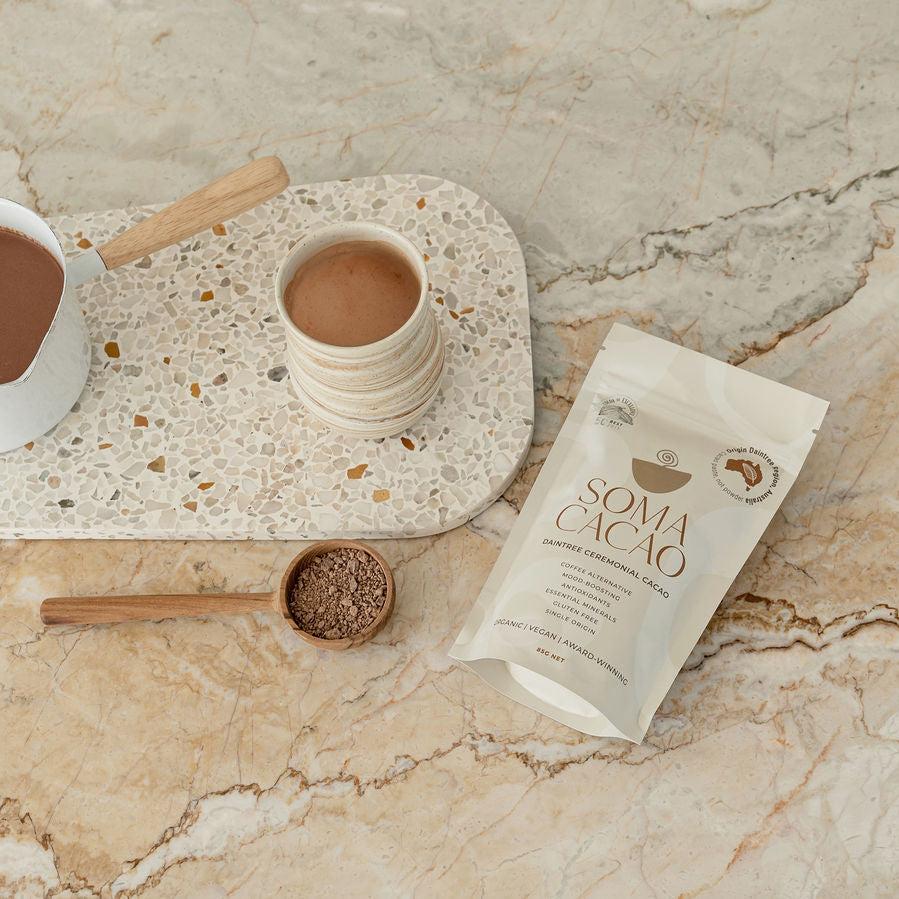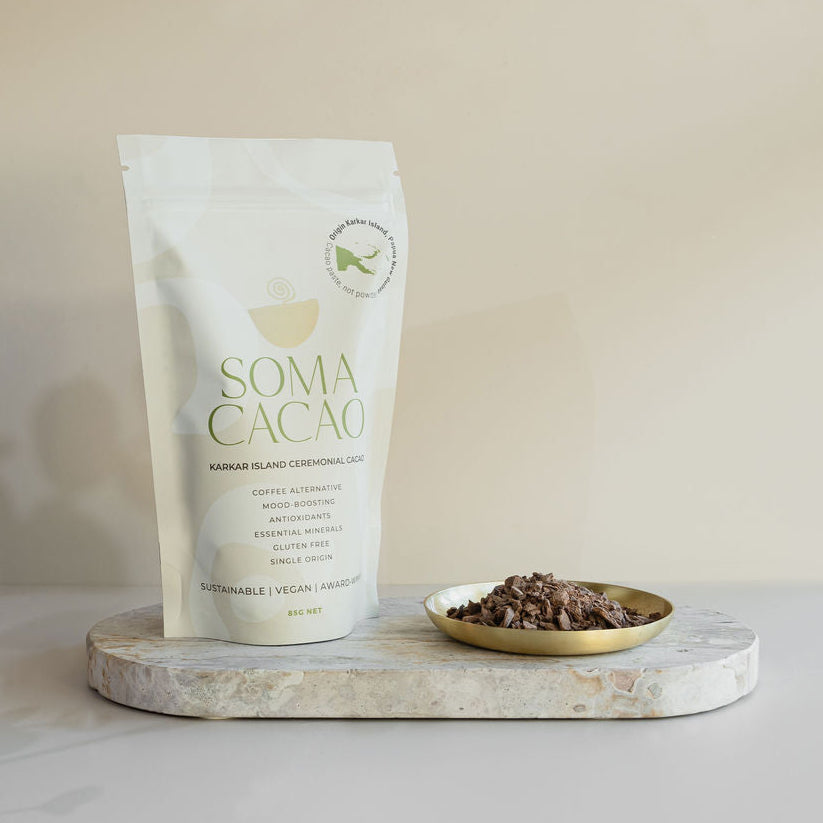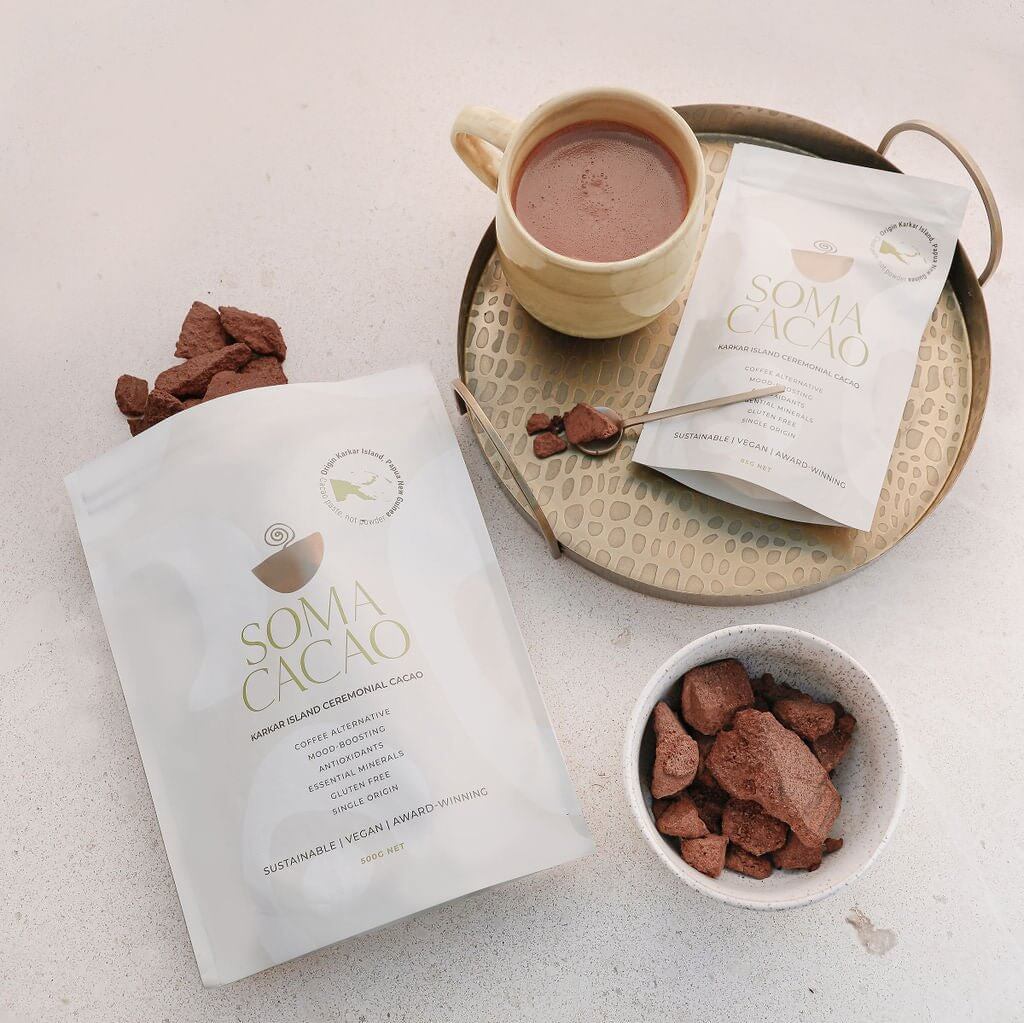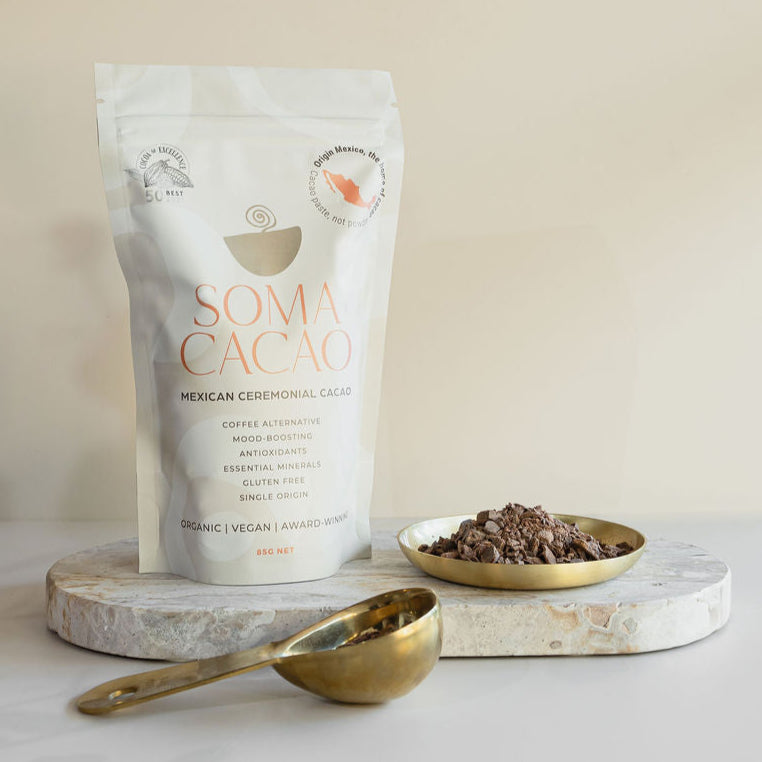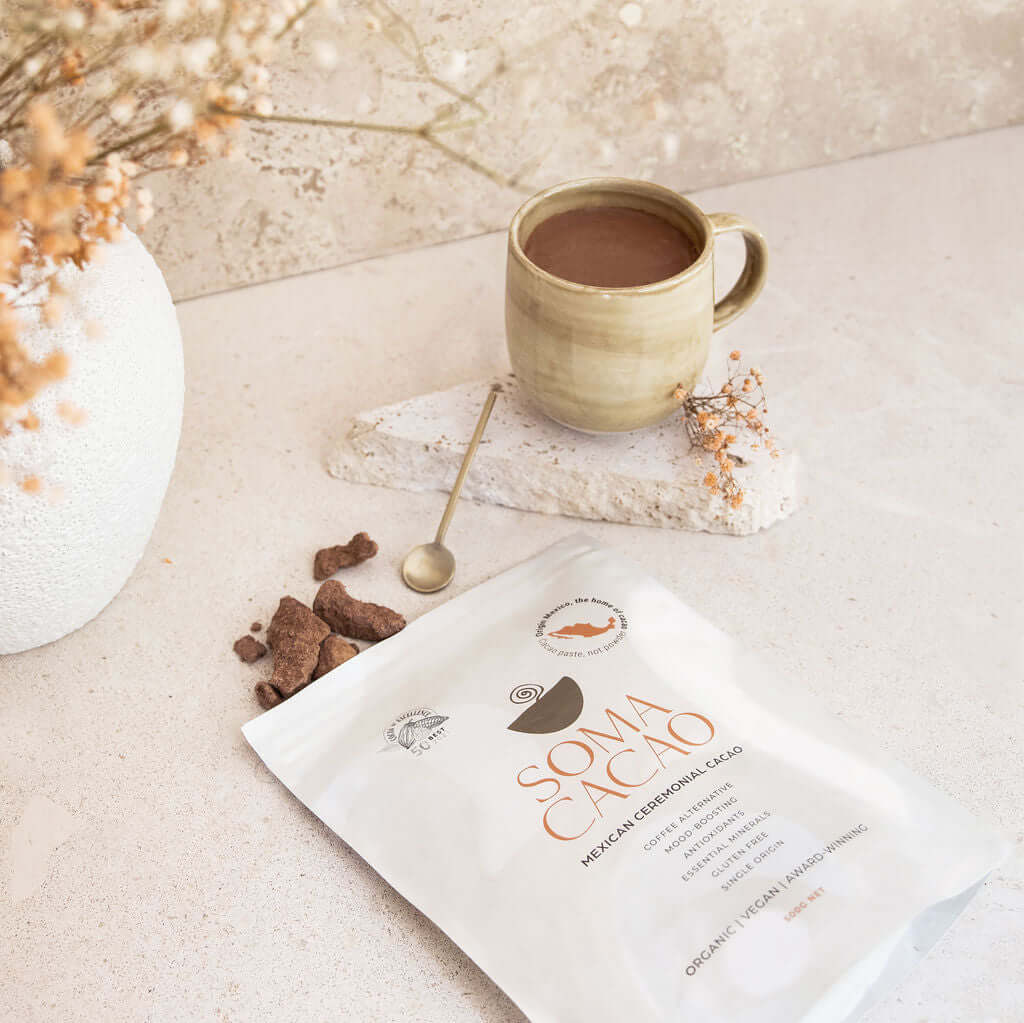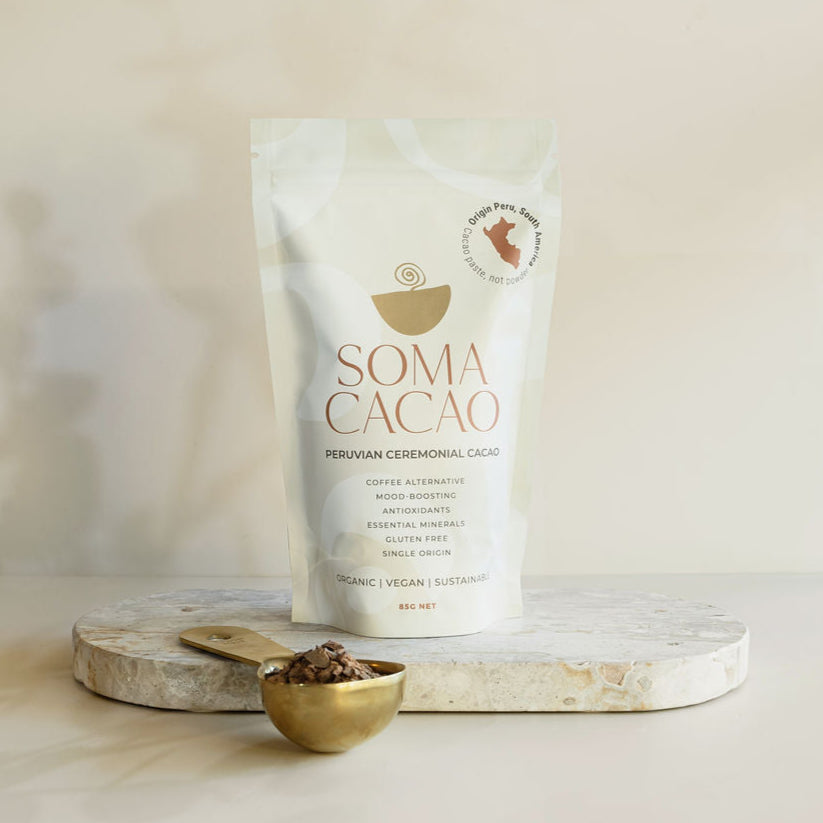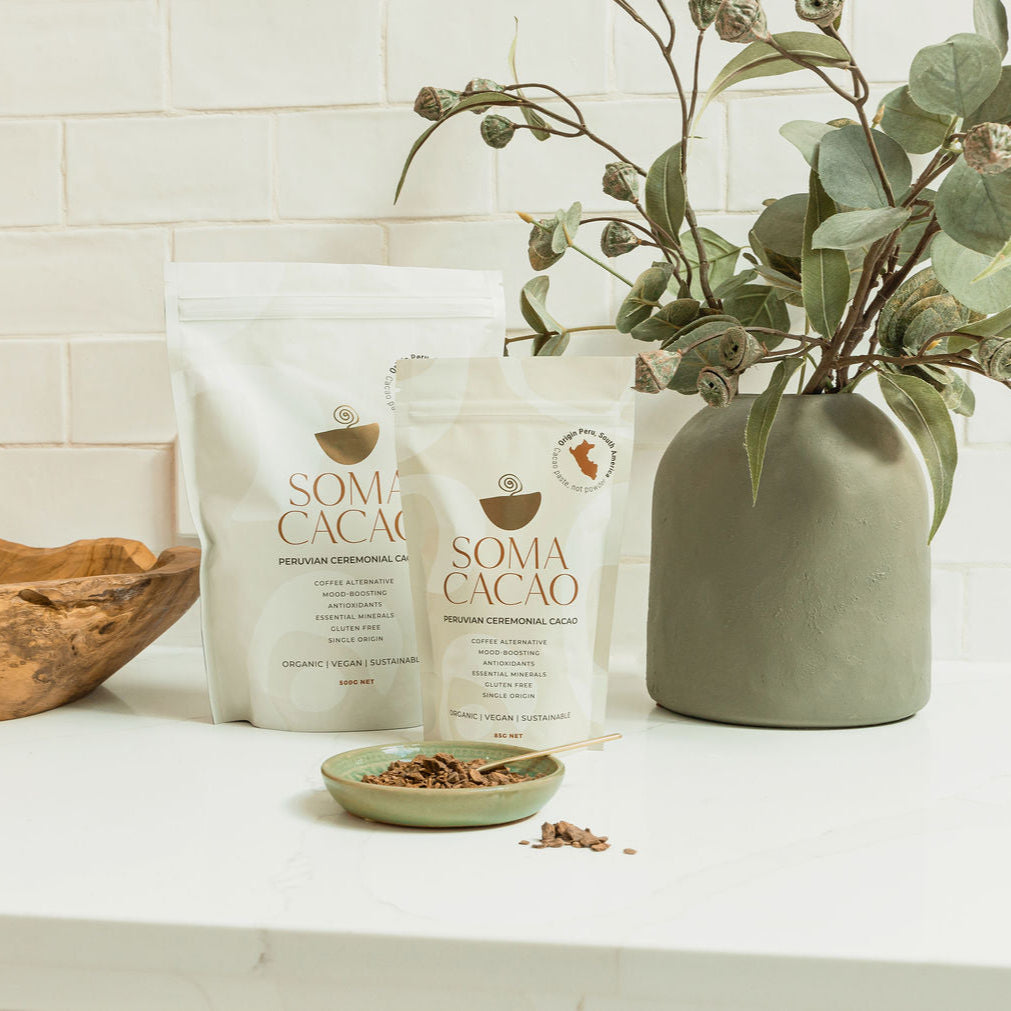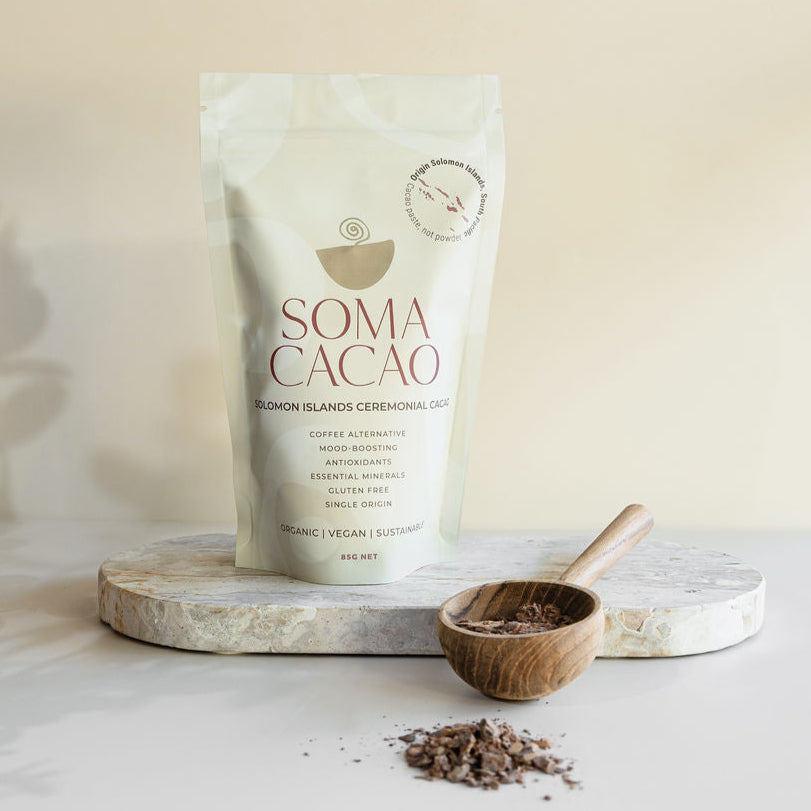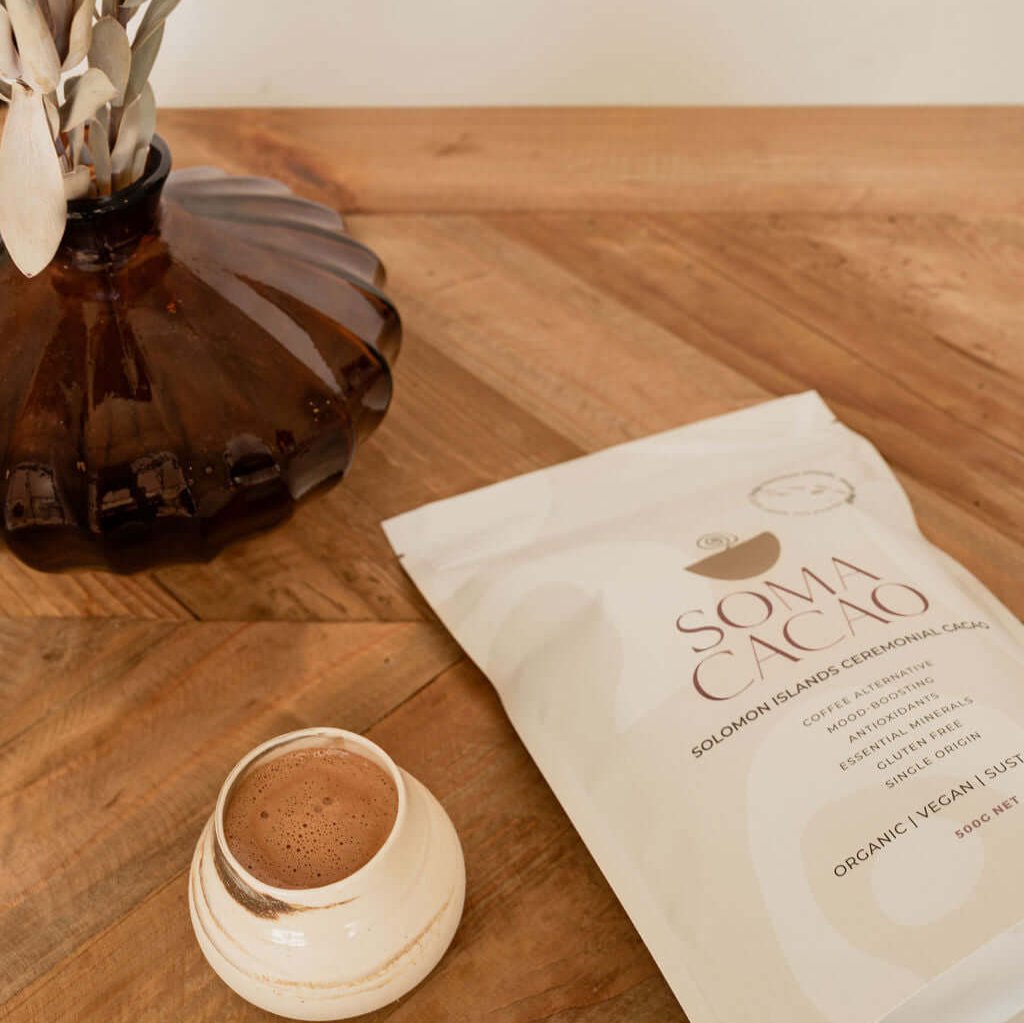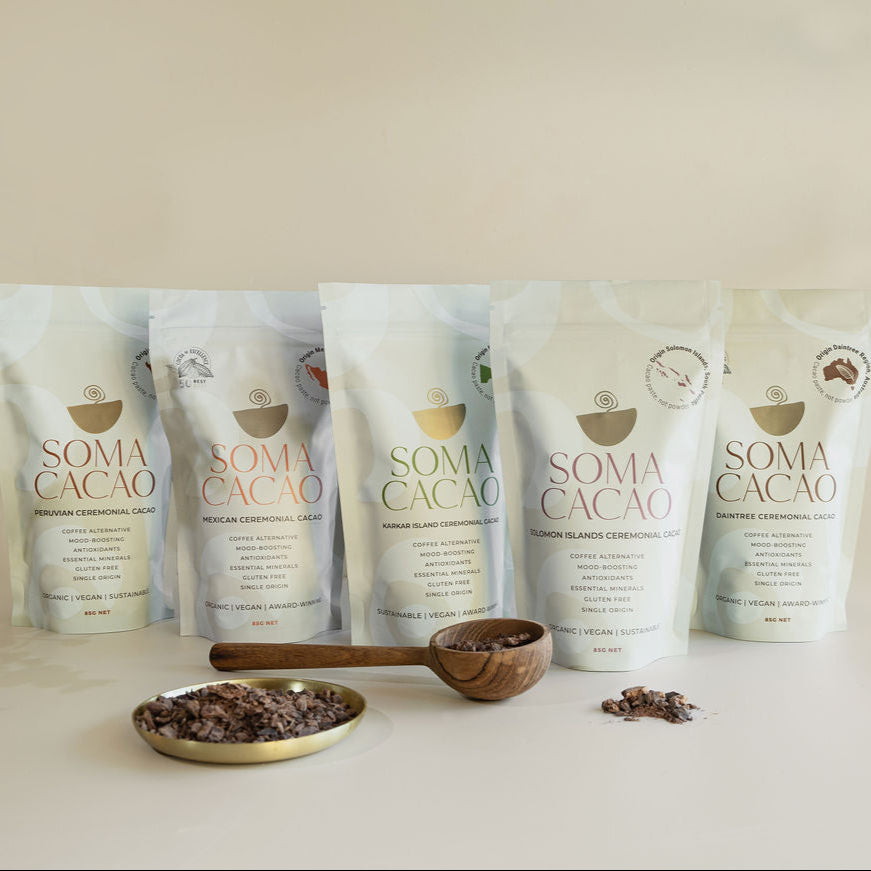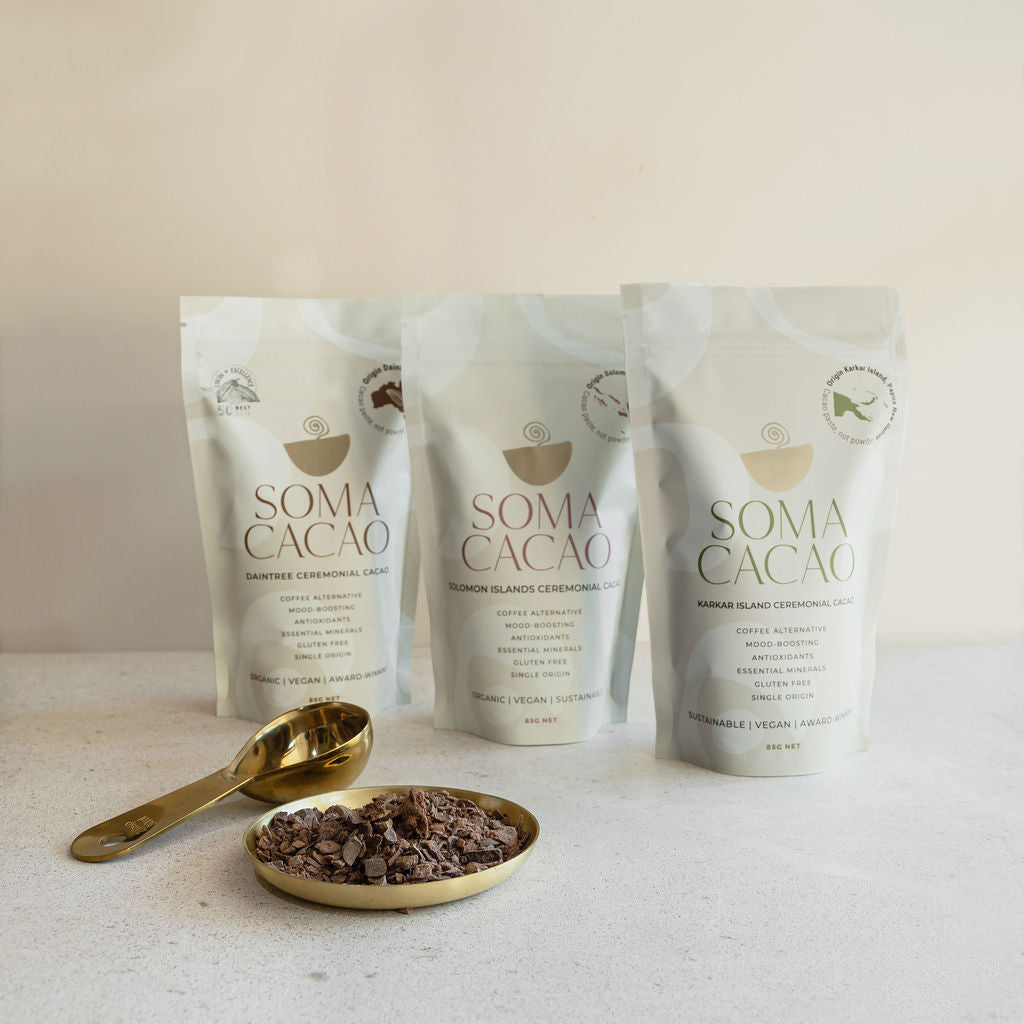Heavy Metals, Chocolate & Cacao: Weighing in on the Media Frenzy
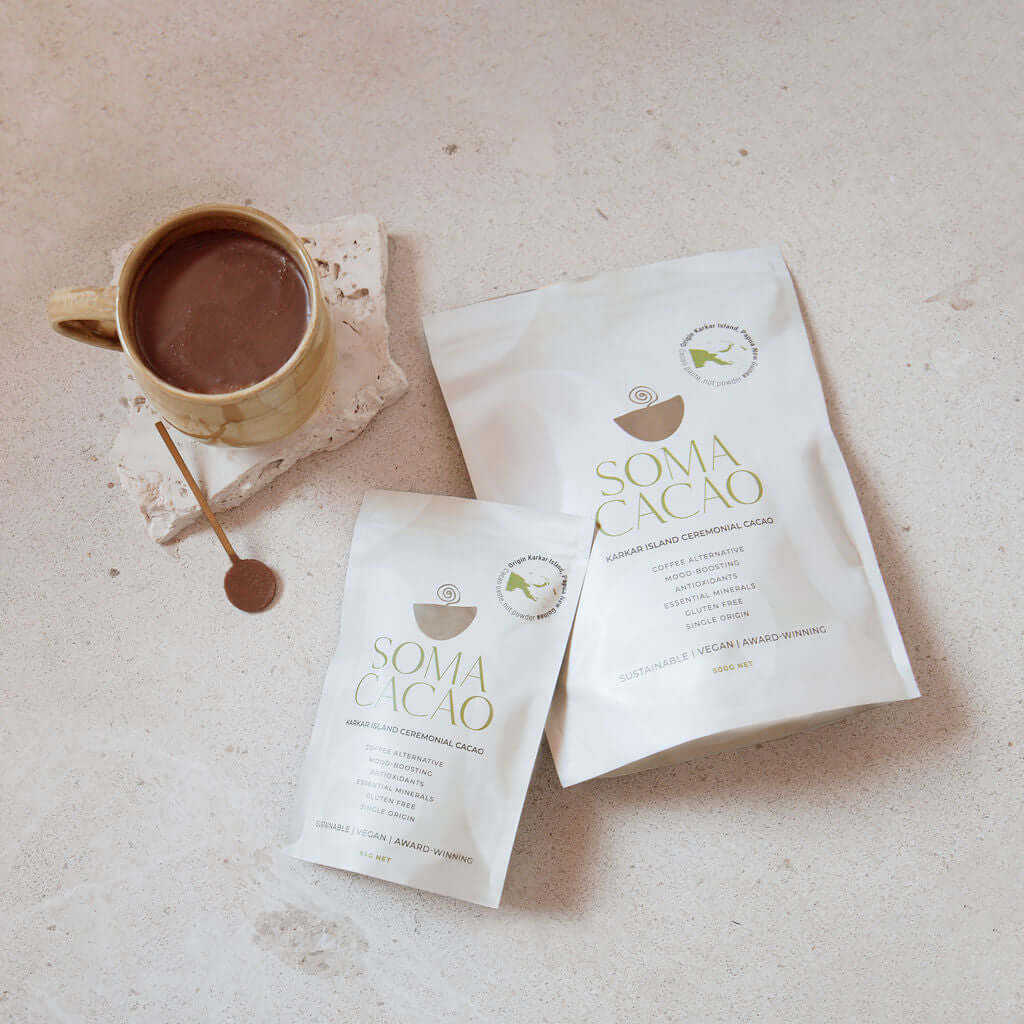
Just to get things clear straight up: Please rest assured that all of our cacao is heavy metal safe in accordance with EU, Australian, and US regulations. We have included our latest independent test results via the National Measurement Institute at the end of this article, and compared them against the maximum allowable amounts set by the different regulatory bodies.
These test results were never surprising for us, given the quality of the cacao we source. For example, lead contamination occurs in post-harvest processing, and all our producers use the highest standards to both reduce the risk of contamination and to create the best quality cacao. The recognition that each variety has received from international bodies such as the Cocoa of Excellence program is a testament to this.
However, defending Soma Cacao is not the point of this article; there was never any doubt that our cacao is safe. Our interest lies in highlighting the arbitrary nature of food and safety standards, as well as the way media-driven alarmism can create unwarranted concerns. In the era of readily available information, it is crucial to exercise discernment and investigate before yielding to unfounded fears.
Our investigation has led us to the following key points (for those short of time!) which are addressed extensively in this article:
-
The Consumer Report that has caused a great deal of alarm about chocolate used a measurement/standard (Maximum Allowable Daily Limit: MADL) that has been criticised for lacking scientific rigour, and for being set much lower than what would be necessary to cause harm, leading to over-regulation.
-
The standard the report used for cadmium is lower than any other standard around the world, for example it is 5.6 times lower than the European Safety Standards, 15.9 times lower than the World Health Organization (WHO) and 158.5 times lower (yep, not a typo) than the Japanese Ministry of Health, Labour and Welfare.
-
No food is 100% heavy metal free. For example, almost all foods contain a trace amount of cadmium, with cereals and bread, leafy vegetables, and potatoes being the worst offenders. We should therefore be very wary of any cacao or chocolate product that claims to be totally “heavy metal free”.
-
Compared to other foods, the amount of cadmium in Soma Cacao, and even regular chocolate, is minimal. When looked at both in terms of grams, and in terms of average serving size, Soma Cacao contains substantially less than foods we regularly consume, like rice, lettuce, spinach, chickpeas, almonds, sunflower seeds, potatoes, lentils … to name but a few. This is not to alarm anyone and to suggest these foods need to be avoided. Just to give us all a bit of perspective (or else, we would restrict ourselves from eating anything!).
-
While cadmium intake varies around the world depending on diet, geographic, and demographic factors, most national studies indicate that humans are ingesting at least 3 times the maximum amount stipulated by MADL. This could either mean we’re all totally doomed, OR, it is another argument that MADL has been set unrealistically low, putting unnecessary pressure on businesses and industry.
-
Thankfully, there are several trace minerals that have been found to reduce the toxicity of cadmium in the body, including zinc, magnesium, calcium, and iron, all of which are present in relatively substantial concentrations in Soma Cacao.
The Context:
In December 2022, Consumer Reports published an investigation revealing that 23 of 28 different dark chocolate bars from different brands contained allegedly concerning levels of cadmium, lead, or both.
(Note: the report was not peer-reviewed, so would not hold up very well in a truly scientific or academic context).
The media seized the opportunity to spread alarm about one of the world’s most loved foods: chocolate.
Consumer panic ensued. We were suddenly receiving daily messages, emails, and comments on our social media posts, by people terrified that our beloved cacao contained these toxic metals.
Here’s the thing. The chocolate industry has been aware of the presence of heavy metals in cacao and other foods for decades, and measures have been in place for some time to mitigate exposure. A 2005 study (18 years ago!) found that lead concentrations in cocoa powder and chocolate products were among the highest of any food, and spurred a flurry of activity in the chocolate industry.
Therefore, regular testing is a routine part of all our existing cacao suppliers’ procedures, as is the case for many cacao producers around the world, especially small-holder farms who supply to “conscious” businesses like ours. In both the EU and Australia, for example, there are specified levels of cadmium regularised specifically for chocolate and cocoa/cacao products, and these have been in place for some time.
What we have found fascinating about the Consumer Report is, firstly, the arbitrary nature of the standards it used, and, secondly, the way the media, taking the results out of context, has provoked such alarm among consumers.
We’ve spent some time over the last few months gathering research, comparing data, and re-educating ourselves about all things heavy metal, relating to both cacao and the food industry at large. We’ve done our best to break down the relevant info in this article, to hopefully alleviate some of your concerns, but also to empower all of us to do our own research in order to make smart purchase decisions, and not be swayed by other people’s alarm.
What actually are heavy metals?
While there’s no strict definition for “heavy metal”, they’re generally considered to be those elements in the metals section of the periodic table of elements that are high density, i.e. they’re literally heavy metals. Sometimes the assumption is that all are toxic, however there are certain heavy metals that are biologically necessary in small quantities, for example copper, zinc, and manganese (all of which, incidentally, are present in cacao).
Generally, the list of heavy metals includes: arsenic, lead, cadmium, mercury, chromium, copper, zinc, nickel, selenium, silver, antimony, manganese, and several others. The Food & Drug Administration (FDA) only has specific safety levels for a few of these—cadmium, lead, arsenic, and mercury—because those are the elements within this category that most commonly make their way into food.
What’s the deal with cadmium and lead?
These two heavy metals are the ones that have caused most concern in the chocolate industry. In certain quantities, both can have harmful side effects. We’ll look at them each in turn:
CADMIUM (Cd):
What is cadmium and where is it found?
Cadmium is a naturally occurring element found in soil and rocks. It is used in many products, including batteries, metal coatings and plastics, and it is found in cigarette smoke.
Health impacts of cadmium exposure:
Exposure to cadmium occurs through breathing cigarette smoke and through diet. Consumption of cadmium in very high quantities can irritate the stomach and cause vomiting and diarrhea. Over time, cadmium may build up in the kidneys, cause fragile bones, and increase risk of cancer.
Cadmium & Cacao:
Cadmium can be found in very small quantities in most cacao products, through direct uptake of phytoavailable cadmium by the theobroma cacao tree during the pre-harvest stage, i.e., the cacao plants absorb cadmium from the soil in which they grow. It is unlikely that any cacao is 100% cadmium-free due to the presence of cadmium in the environment, so it is good for us to be wary of any cacao/cocoa/chocolate products that claim to be totally “heavy metal free”.
The origin of cadmium in these cocoa-growing soils is a mixture of natural and anthropogenic sources, is highly variable, and is country- and farm-specific. The mitigation of cadmium in cacao is challenging. While some proposed solutions include soil amendments to adjust soil physiochemical properties, cacao tree breeding and grafting techniques, none of these are quick fixes nor have they been demonstrably effective at scale. Our task, then, at Soma Cacao is to ensure we don’t source cacao from cadmium hotspots, and that we regularly test for this heavy metal.
What other foods contain cadmium?
A better question would be: are there any foods that do not contain cadmium?!
Indeed, cadmium can be found in practically all types of food. For example, a 2019 study revealed that the majority of cadmium exposure in the US population comes from the following food groups:
- Cereals and Bread – 34%
- Leafy Vegetables – 20%
- Potatoes – 11%
- Legumes and Nuts – 7%
- Stem/Root Vegetables – 6%
NOTE: The USA consumes the highest amount of chocolate per capita per day of any country in the world – yet chocolate did not make the list…
So let’s get more specific: how much cadmium is in different foods, and how does this compare to Soma Cacao?
Check out the below table. This demonstrates that Soma Cacao, and, for that matter, chocolate in general, has less cadmium per grams than many foods we commonly consume, including spinach, lettuce, rice, kidney beans, sunflower seeds, potatoes, almonds, lentils, chickpeas and oysters (to list but a few!). Likewise, Soma Cacao contains substantially less cadmium per serving size, for example 4 times less than a serving of sunflower seeds, at least 10 times less than kidney beans, on average 4 times less than lettuce, and 2-6 times less than an average serving of potatoes.

LEAD (Pb):
What is lead and where is it found?
Lead is a naturally occurring bluish-gray metal found in small amounts in the earth. Humans have been mining and using lead metal and salts for thousands of years, causing a continuous environmental accumulation and exposure of organisms and ecosystems.
It would be very difficult to say that any food, including cacao, is 100% lead-free, because it is a naturally occurring element in the environment and can be found in trace amounts in soil, water, and air. Again, a reason to be wary of any cacao/cocoa product claiming to be 100% “heavy metal free”.
Well-known sources of lead-poisoning include lead-based paint and lead-contaminated dust in older buildings. In terms of food, most contamination occurs in the processing and storage of products. As consumers we can reduce our risk of exposure by avoiding the use of glazed pottery and pewter dishes to serve or store food, avoiding the storage of beverages in leaded glass decanters, keeping the home clean and as dust free as possible, eating a variety of foods, and eating foods rich in calcium and iron (like cacao!) and Vitamin C so your body will absorb less lead from specific food sources that have been exposed to lead.
Historically, beverages (including beer, wine, coffee and tea), cereal-based foods and vegetables are the food groups that have contributed the most to the dietary intake of lead, at least among Canadians, according to Health Canada.
Lead & Cacao:
Unlike cadmium, the lead in cocoa beans comes from the post-harvest handling of wet cocoa beans, not through uptake by the cocoa tree. The source of post-harvest lead in cocoa beans is a result of the following mechanisms:
- Foreign material included loosely within bulk cocoa beans.
- Encasement of soil particles on the wet and sticky cocoa bean shell during outdoor drying.
- Chemical adsorption of Pb by the wet and acidic cocoa bean shell during contact with soil.
Therefore, the mitigation of lead in cacao is somewhat simpler than cadmium: have high standards in place for post-harvest processing.
What other foods contain lead?
Lead can be found in small amounts in many different foods due to natural or man-made contamination. However, some foods are more likely to contain higher levels of lead than others, including:
- Certain types of seafood such as tuna, swordfish, and mackerel
- Organ meats such as liver and kidney
- Wild game meat
- Rice and rice products such as rice cereals and rice milk
- Leafy vegetables such as lettuce and spinach
- Root vegetables such as potatoes and carrots
- Some types of fruit juice, especially grape juice
- Canned and packaged foods that are imported from countries with less strict food safety regulations
So how much lead is in different foods, and how does this compare to cacao?
The below table depicts the average lead content of different foods, with the median amount found in our Soma Cacao varieties at the top. It demonstrates both that many, many foods we commonly consume contain lead, and that foods that form a substantial part of many western diets, for example potatoes and spinach, contain more lead than cacao.

CHECK POINT: Ok, so we’ve established that, irrespective of the standards used in the Consumer Report that has caused so much alarm (which we will look at next), the amount of cadmium and lead in our cacao is, in general, less than many foods that we consume on a regular basis. This is looking at the numbers both in terms of the amount of the heavy metal per gram, and the amount of heavy metal present per serving size.
About the Food Standards used in the Consumer Report
For starters, since potential toxins can’t be tested directly on humans, it’s very difficult to estimate how much of a substance is enough to be harmful. Further, different agencies around the world have different standards in place – which, as we shall see, vary substantially.
The Standards used in the Consumer Report that has sparked all this controversy are a US standard called MADL, Maximum Allowable Dose Level, referring to the highest level of exposure to a chemical that is considered safe, without posing a significant risk of cancer or reproductive harm, under California's Proposition 65 law. MADL has been described as a ‘public policy decision and guideline’, to keep the general population safe, deliberately conservate to ensure it incorporates even the most at-risk groups.
MADL has been criticised for being set at a level that is much lower than what would be necessary to cause harm, leading to over-regulation and potential negative impacts on businesses and industries (like the chocolate industry). Further, there are arguments that MADL lacks scientific justification and rigour, and is set based on precautionary principles, rather than actual risk assessment.
How does MADL compare to other standards related to cadmium?
The MADL for cadmium intake is 4.1 micrograms(μg) per day.
The No Observed Effect Level (NOEL) for cadmium daily intake is estimated to be between 0.1 and 0.5 micrograms per kilogram of body weight per day. Thus, taking the median NOEL recommendation for a 65 kg person, the NOEL for cadmium daily intakes is 21.5 micrograms per day, that is, 5.2 times the MADL.
NOTE: that the average weight in the US (and Australia for that matter) for both men and women is MUCH higher than 65kg, so from this perspective the difference between MADL and NOEL would be even more substantial.
Let’s take a look at some other standards - demonstrated in a table and also graphically for those who like visuals:


CHECK POINT: From this information, we can determine two things:
1. MADL is an extremely conservative standard to use when it comes to daily allowable cadmium intake, which may explain why 23 out of 28 chocolate bars “failed” according to the Consumer Report.
2. There is no consensus among all these regulatory bodies about how much cadmium we can safely consume.
And how does MADL compare to other standards related to lead?
The MADL threshold for lead is 0.5 micrograms per day. In contrast, the FDA sets the standard at 8.8 micrograms per day. That’s over 17 times higher. If the Consumer Report had tested against the FDA standard, instead of MADL, every single chocolate bar would have passed.
How much cadmium are humans actually consuming on a daily basis?
Cadmium consumption varies based on geographic, dietary, and demographic factors. We’ve pulled out a few different examples below. These figures suggest that the citizens of multiple countries are regularly consuming equal to or more than the MADL (Maximum Allowable Daily Limit) or 4.1 micrograms per day….

Are there heavy metal standards related specifically to cacao/cocoa?
There are also standards in place related to cadmium levels specifically in cacao/cocoa products. These particular standards were, for some reason, ignored by the Consumer Report. Possibly because, according to these standards, the chocolate bars listed in the report would have been considered safe, no media circulation driving traffic to their report nor consumer alarmism would have ensued.
So let’s take a look. Note that these standards are in milligrams (not micrograms) per kg of chocolate, and note that our cacao was found, on average, to contain 0.15 milligrams/kg.

Taking all of these cadmium standards into account, how much Soma Cacao is it safe to consume on a daily basis?
The most commonly used standards for maximum cadmium intake per day are the European Safety Standards and the World Health Organization (WHO) standards. These are widely accepted and used as the basis for regulations and guidelines in many countries around the world.
The European Safety Standards set a maximum cadmium intake of 23 micrograms per day for a 65kg individual, while the WHO sets the highest standard at 65 micrograms per day for the same individual weight.
Taking the more conservative standard, the European Safety Standard max intake of 23 micrograms per day (for a 65kg individual):
There is, on average, 0.15 mg/kg of cadmium in Soma Cacao (see below for specifics). This is equivalent to 150 micrograms/kg of cacao. Therefore, a serving of 25g of cacao, contains just 3.75 micrograms of cadmium. So, according to European Safety Standard, a 65kg individual would have to consume 6.1 servings, or 153g, of Soma Cacao daily in order to reach the maximum limit. According to the WHO standards, an 65kg individual would have to consume 17.3 servings, or 433g of Soma Cacao in order to reach the maximum limit (!!).
These are enormous quantities of cacao, which we would NEVER recommend anyone consuming in one day, but it is just to demonstrate just how safe having a cup of Soma Cacao is on a daily basis, from the perspective of cadmium content. In general, we recommend consuming 25-30g of Soma Cacao per day, in order to yield the benefits, but also to not overdo it in terms of theobromine, caffeine, fat, and calorie content.
SOMA CACAO’s LATEST TEST RESULTS
Below you will find our latest heavy metal test results. We have compared them against, in the case of cadmium, the Australian/NZ limit for cacao, because a) it is closest to home (literally) and thus the most relevant, and b) it is a conservative figure, yet still it deems our cacao safe. For lead, we have compared the results against California’s strict Prop 65 law, a law that requires a warning label on certain foods. This is because a) it is one of the only credible bodies that has a figure related specifically to lead content in cacao (this does not exist, yet, in Australia) and b) it is one of the tough measurements used in the Consumer Report that caused so much alarm.
CADMIUM:

LEAD:

THE BOTTOM LINE
As long-time, regular consumers of Soma Cacao, and as we recommend the product to our loved ones (and all of you), we care enormously about how safe and healthy our cacao is. We are a health-conscious team, and so the nutritional value of cacao is of substantial importance for us, and is part of what drives the biz. At the same time, we’ve observed that the world of nutrition, health scares, diet trends, and superfood hypes is in a constant state of flux. Heavy metals are the hot topic one minute, oxylates the next. In the 80s we were terrified of fat, and now high-fat diets are all the rage. We’ve also observed the ways in which the media can rustle up a frenzy, as was the case when the Consumer Report was released last year.
So our invitation to all of us is to keep things in perspective before taxing our nervous system with the latest health scare/scandal.
Life is too short.
We hope that this article has demonstrated just how complex, inconsistent, and politicised some of these food standards are, and how it is absolutely not black and white.
What we can do is to learn how to listen to and trust the signals in our own body. For example, if we have cacao first thing in the morning and our tummy doesn’t agree with it, try having cacao later in the day. If eating a heavy meal right before bed causes indigestion or interferes with sleep, eat earlier.
In general, we like to follow the simple guidelines of Michael Pollen, prolific American author and journalist:
“Eat food. Not too much. Mostly plants.”
Amen to that. If you’ve gotten all the way to the end of this article - thank you for your time and care. If you have any question or comments, please hit us up at hello@somacacao.com.au.
0 comments
